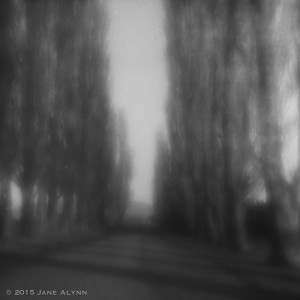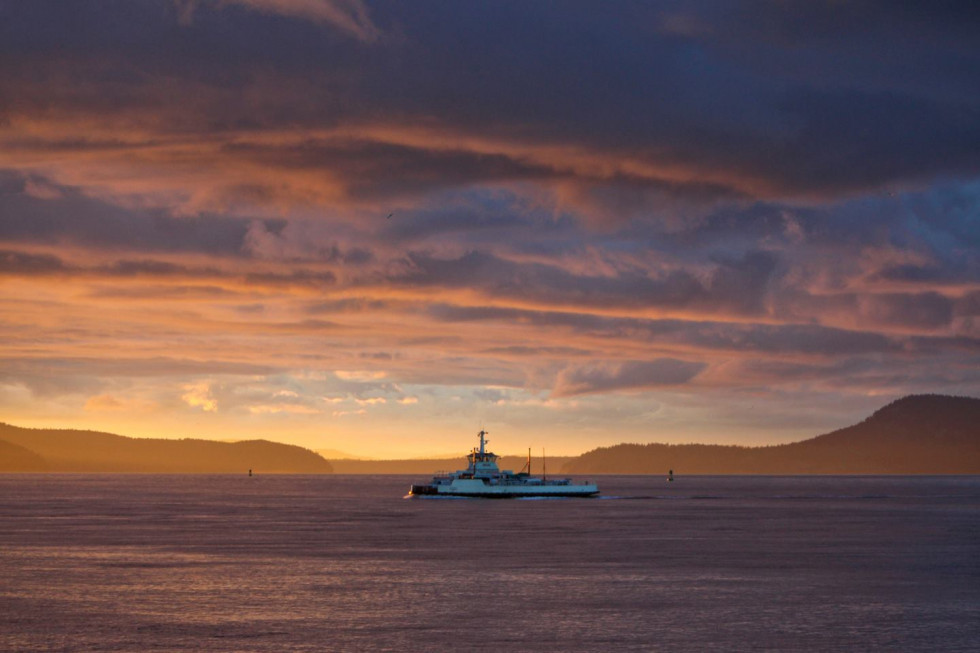 An interview with Fine Art Photographer, Jane Alynn.
An interview with Fine Art Photographer, Jane Alynn.
1. What equipment do you use? What camera?
I started out, thirty years ago, working with a Nikon F4 AF SLR and a gear-bag full of lenses. Then, in the early 1990s, I changed direction. I was looking at pointillist-inspired photogravures of early twentieth century pictorial photographers, and I loved those images, their subtle tonal and tactile aspects and impressionistic soft focus, often strikingly ambiguous. At the same time, I was a student of the Zen arts. My teacher, John Daido Loori, had been a student of Minor White. That practice taught me to favor the simplicity of black and white, acceptance of imperfection, what’s poetic, natural, and expressed with the simplest of means. I abandoned color for black and white film and traded my Nikon for a cheap Russian Lubitel (today I use an old Minolta Autocord), replacing the lens with a simple zone plate (a piece of film with radial rings that alternate between opaque and transparent, like a target, only barely perceptible). Light hitting the zone plate is diffracted, which softens the image and creates a glow or “halo,” infusing forms with a glint of the numinous. It is a haunting, dreamlike quality that one is unable to get with modern glass lenses.
This zone plate (with high-grain film) enables me to explore my interest in dream states, liminality, memory, and metaphor. By introducing ambiguity, nudging the boundaries of abstraction, it helps to shift perception toward a sensual experience and tempt the imagination to see beyond the literal.
I use a digital camera, too, with a wide-angle prime lens. I like its potential for creating powerful compositions of human moments and landscapes that capture the absurdity of life. And I like its convenience when I’m on the road.
2. Technical Advice?
This is a funny question because I don’t consider myself much of a technician. I guess I’d say that it’s important to learn the basic technical stuff—enough so that you no longer have to worry about it—then concentrate on the art of seeing and mastery of the elements of effective expression.
3. Creative Advice?
For me, creative vision begins in seeing, which means observing accurately, using your whole body—your senses, intellect, intuition, and emotions—without the usual preconceptions of things. It means encountering your subject matter with relaxed attentiveness, examining it in detail, from every perspective. It means being open to surprises rather than chasing only fixed ideas and preconceived images.
Besides good seeing, creative vision involves imagination. I think it’s important to play, break the rules, and do crazy experiments with a camera, viewing things in new ways or from a different perspective, to stretch the imagination.
It’s good to involve yourself in media outside of photography such as film, literature, music, or drawing; one feeds the other and will inspire new ideas. Choose projects that excite you and that have some personal meaning. And finally, do it for yourself. If you try to create something for someone else it won’t work. Just go out and have fun, see what’s around you, and keep making images.
4. Post Processing – Favorite techniques?
Since I still use film, the darkroom is where another level of magic happens. I’m fortunate to have a partner who makes exquisite prints for me. I think a gelatin silver print has no equal.
5. Post Processing – Software used?
I digitize my negatives and import them into Lightroom where they live alongside my digital camera images.
6. Technical challenges?
The high unpredictability of zone plate work could be a huge challenge, but I happen to love that I never know exactly what I’m going to get. Surprise delights me.
7. Creative Challenges?
My biggest creative challenge is always to organize and simplify the confusion, including only elements that are completely necessary, to create an image that’s interesting, inspiring, and meaningful.
8. Artistic signature that conveys your style?
I have been making zone plate images now for close to 15 years. I love their mystery and dark beauty. Viewers remark about their “Pictorialist” quality and that they look like graphite drawings more than photographs. I deeply appreciate these observations.
9. Favorite Subject?
Light.
10. Favorite Location?
I love to take pictures everywhere. But the desert often calls me. I love its vastness, sense of desolation, timeless beauty, the contrasts of sandstone cliffs and dunes, of ruins held in arrested decay and the tenuous survival of vegetation. I find inspiration in the peace and solitude, loneliness and freedom, in this place that’s nowhere.
Visit Jane’s website.
More on Karla Locke
alternativefocus.weebly.com
expressmyself-ramblings.blogspot.com
